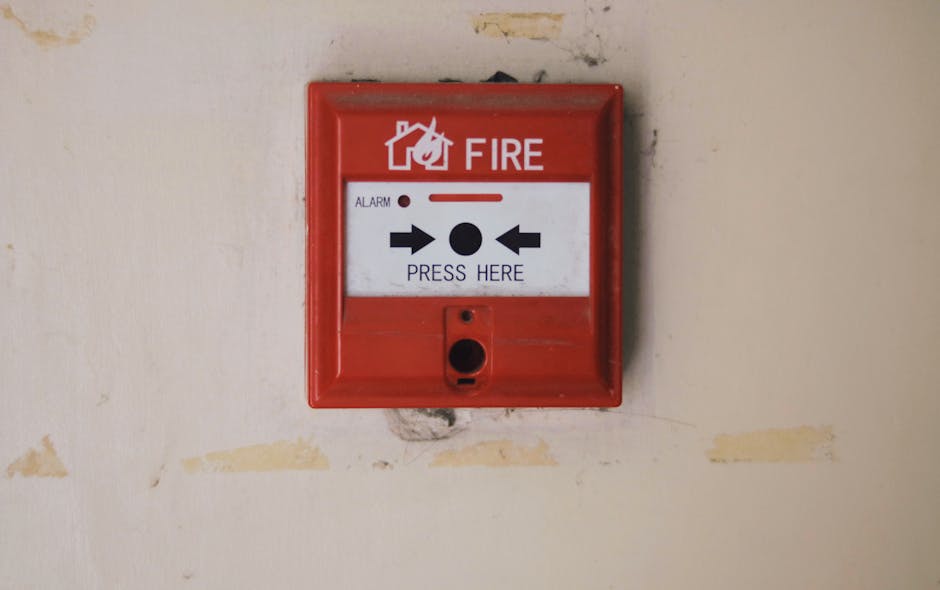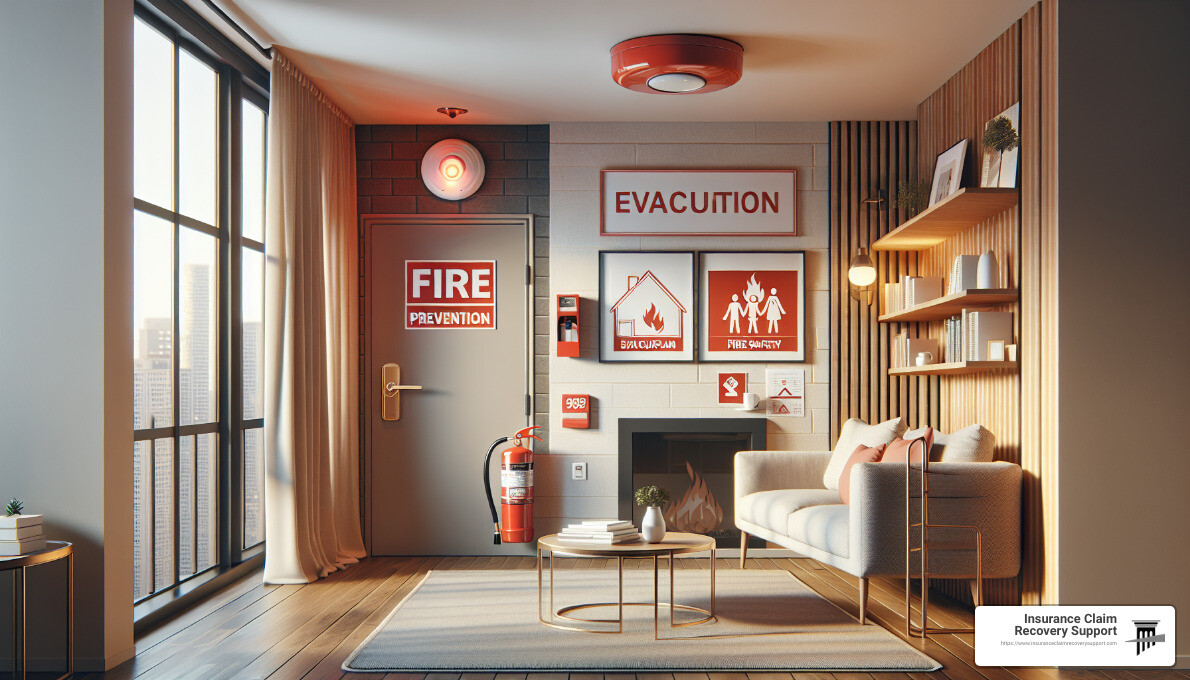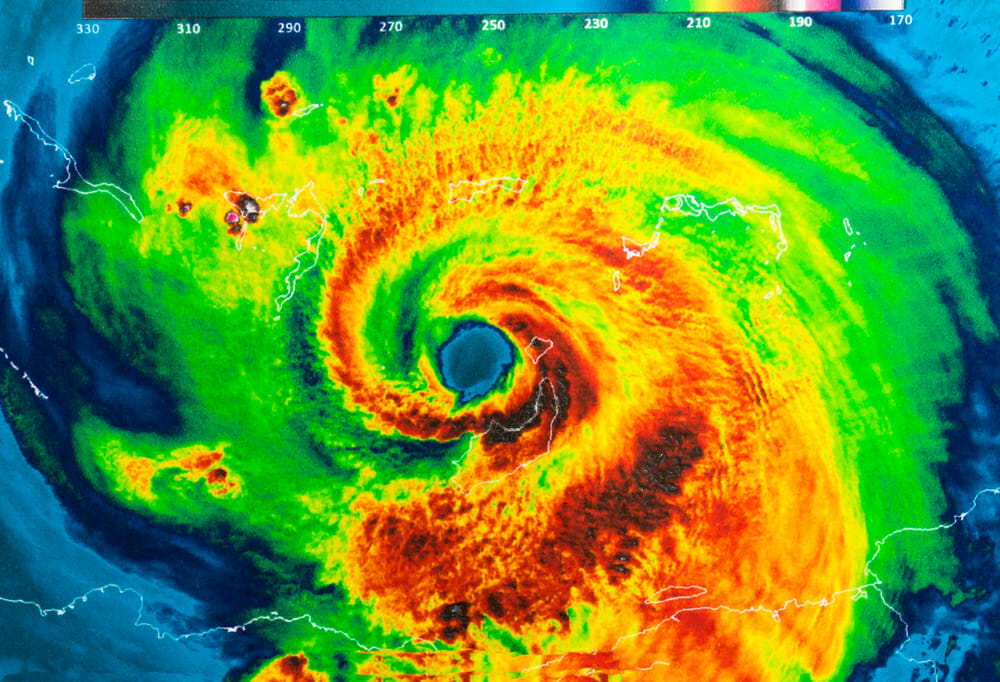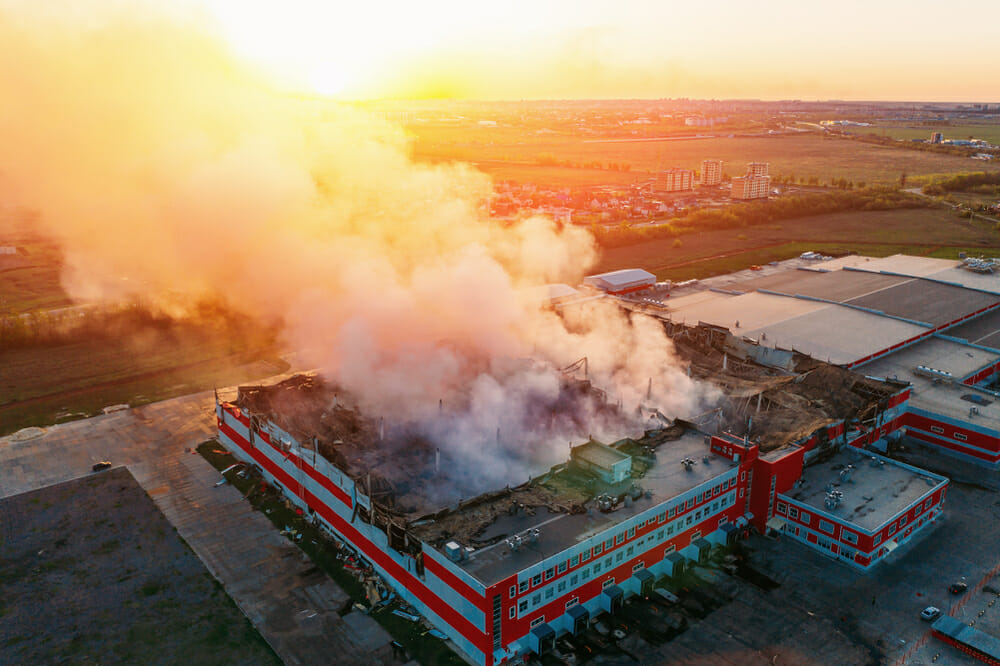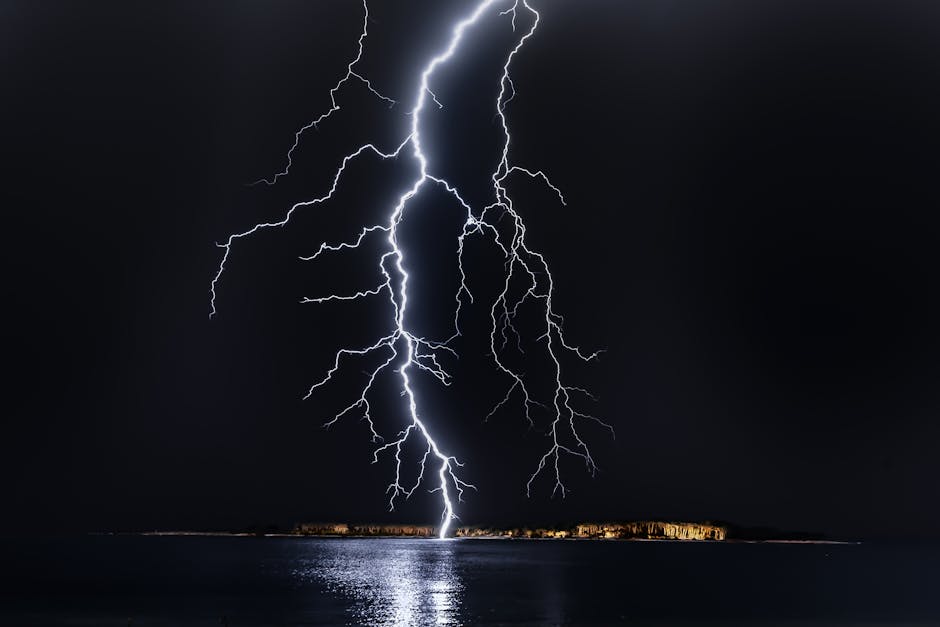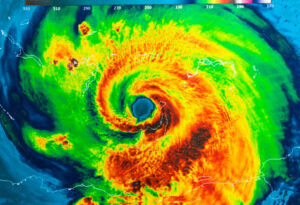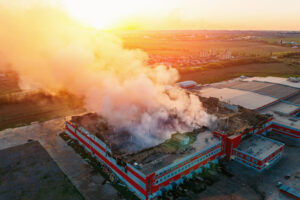When it comes to multifamily fires, the stakes are uniquely high. Unlike single-family homes, these structures house many families under one roof, making the potential for widespread damage and injury significantly greater. The complexity of multifamily dwellings, combined with factors like varied construction materials, mixed-use occupancies, and a high number of residents, adds layers of challenges in both prevention and response efforts.
Quick answer to ‘multifamily fire’:
– Multifamily dwellings pose unique risks due to their structure and occupancy.
– Common causes include cooking fires, electrical issues, and smoking.
– Fire spread can be rapid, especially due to modern construction materials and resident behaviors.
– Early identification of fire spread and proper prevention measures are crucial.
Understanding the dynamics of multifamily fires involves grasping the common causes and recognizing the importance of initial response and preventive measures. This introductory guide aims to shed light on these aspects, providing property owners with the knowledge needed to safeguard their residents and investments.
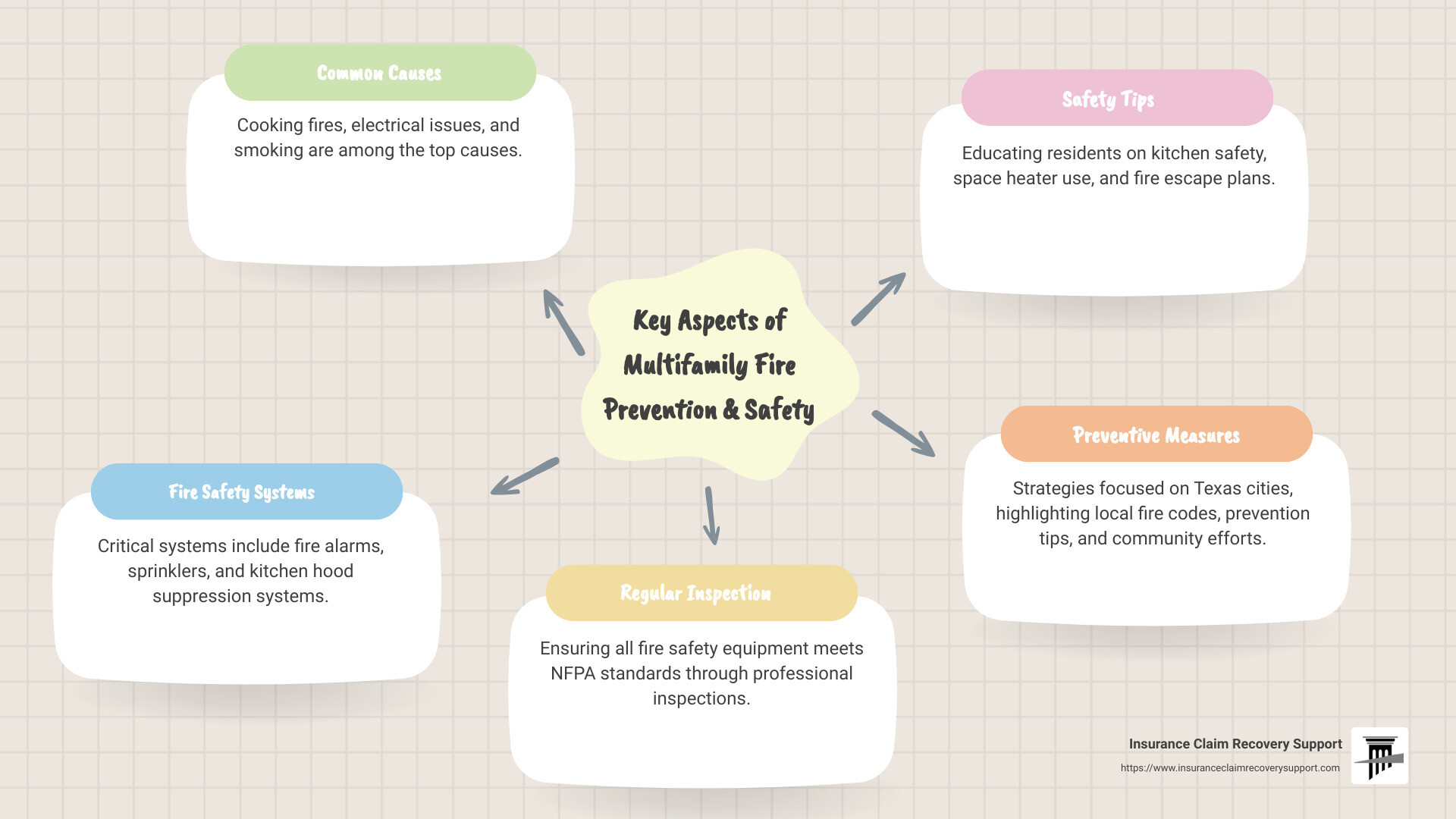
Ensuring the safety of multifamily dwellings is no small feat. It requires a comprehensive approach, from stringent adherence to fire codes and regulations to educating residents about fire safety. As we delve deeper, we will explore effective strategies to prevent fires, equip buildings with the necessary fire safety systems, and maintain them to function correctly in an emergency.
Common Causes of Multifamily Fires
Multifamily fires can be alarming and destructive, affecting not just property but lives. Understanding the common causes of these fires is crucial in preventing them. Here’s a simple breakdown of the most common triggers:
Cooking Equipment: It’s no surprise that cooking is a leading cause of fires in homes, including multifamily dwellings. The kitchen is where heat, electricity, and sometimes open flames come together, making it a hotspot for potential fire hazards. Unattended cooking or flammable materials left too close to the stove can quickly lead to a fire.
Heating Equipment: As the mercury drops, the use of heating equipment rises, bringing with it an increased risk of fires. Space heaters, in particular, need to be used with caution. They should be kept far away from anything that could catch fire, like curtains, bedding, or furniture.
Electrical and Lighting: Faulty wiring, overloaded circuits, and malfunctioning electrical appliances can all spark fires. These issues are sometimes hidden within walls or ceilings, making them harder to detect until it’s too late.
Smoking Materials: Cigarettes, cigars, and pipes, if not properly extinguished, can smolder and ignite a fire. This is especially dangerous if smoking occurs in bedrooms or other areas with lots of fabric and flammable materials.
Intentional Setting: Sadly, some fires are set on purpose. These arson fires can quickly get out of hand, endangering entire multifamily complexes.
Preventing these fires starts with awareness. By understanding the common causes, residents and staff can take proactive steps to minimize risks. Regular inspections, proper maintenance of electrical systems, and adhering to safe cooking practices are just a few ways to keep everyone safe.
For those interested in understanding how community efforts can significantly reduce the risk of fires in multifamily dwellings, a discussion on urban planning and fire safety provides insightful perspectives.
By keeping these common causes in mind and acting on prevention tips, we can all contribute to a safer living environment in multifamily residences. Next, we will delve into the fire safety systems that are essential for multifamily dwellings, ensuring that both residents and property are protected in the event of a fire.
Fire Safety Systems for Multifamily Residences
Living in a multifamily residence, such as an apartment or condominium, means sharing responsibility for fire safety with your neighbors. Effective fire safety systems are crucial for protecting lives and property. Here’s an overview of the most essential fire safety systems every multifamily residence should have.
Fire Alarm Systems
Fire alarms are the first line of defense in a fire emergency. They provide early warning, giving residents time to evacuate and call for help. It’s vital for fire alarms to be installed in every unit and common area. These systems should include both sound and light alarms to ensure they’re accessible to everyone, including those with hearing impairments.
Fire Sprinkler Systems
Fire sprinklers can control and often extinguish a fire before it spreads. These systems are activated by heat, targeting fires directly and minimizing water damage. In multifamily residences, sprinklers should be checked regularly for leaks or damage. Following the NFPA 25 standards for inspection, testing, and maintenance is essential to ensure they function correctly when needed.
Fire Hydrants
Located near your building, fire hydrants are crucial for providing firefighters with the water supply needed to fight fires. Regular checks are necessary to ensure they are accessible and in good working condition.
Fire Pumps
In taller multifamily buildings, fire pumps are used to ensure that water pressure is sufficient to reach higher floors. These pumps need to be inspected and tested regularly to guarantee they will work during a fire.
Kitchen Hood Suppression Systems
Kitchens are a common source of fires in homes. Kitchen hood suppression systems can quickly extinguish fires by cutting off the fuel source and smothering the fire. Regular inspections for blockages or damage are crucial to ensure these systems will function in an emergency.

Regular Inspection and Maintenance
All these systems play a unique and vital role in fire safety. However, their effectiveness is significantly reduced if they are not properly maintained. Regular professional inspections are necessary to identify and fix any issues before they lead to failure during a fire emergency. Look for a reputable fire protection company that offers multifamily residence inspections and services.
By ensuring these systems are in place and properly maintained, residents and property managers can significantly reduce the risk of injury or death from fires in multifamily residences. Next, we’ll explore practical fire safety tips for residents and staff to further enhance your building’s fire preparedness.
Regular Inspection and Maintenance
Fire Alarms
Regular checks of fire alarms are key. They should loudly beep and flash lights when there’s smoke or fire. This makes sure everyone can hear or see the alarm, even if they’re sleeping, deaf, or hard of hearing. Professionals should check these systems often to ensure they work when needed most.
Fire Sprinklers
Sprinklers are like silent guardians. They don’t do much daily, but in a fire, they spring into action to keep flames at bay. It’s crucial to inspect them for any signs of damage or leaks regularly. Following NFPA 25 standards, a professional team should test and maintain these systems to ensure they work correctly during a fire.
Kitchen Hood Systems
Kitchens are fire hotspots. The hood and suppression systems above stoves can stop a fire from spreading. Like the other systems, they need regular checks. A professional team should look for blockages or damage. This ensures they’ll work right, putting out fires quickly and safely.
NFPA Standards
The National Fire Protection Association (NFPA) sets the rules for how to install and maintain fire safety systems. These standards help make sure that all systems, like alarms and sprinklers, are up to the job of protecting lives and property from fire.
Professional Inspections
Hiring the right people to inspect and maintain fire safety systems is crucial. They know what to look for and can fix problems before they become dangerous. Regular professional inspections help catch issues early, keeping everyone in a multifamily residence safe from fire risks.
By sticking to a strict schedule of inspection and maintenance for fire alarms, sprinklers, and kitchen systems, we ensure the safety of all residents in a multifamily setting. Next, we delve into essential fire safety tips that both residents and staff should always follow.
Fire Safety Tips for Residents and Staff
Ensuring the safety of residents and staff in a multifamily dwelling requires everyone’s cooperation. Here are straightforward, effective tips to prevent fires and protect everyone in case of an incident.
Stay in the Kitchen
Cooking fires are a leading cause of multifamily fires. Always stay in the kitchen while cooking, especially when frying, grilling, or broiling. If you must leave, even for a short time, turn off the stove. This simple action can prevent most cooking fires.
Inspect Fire Equipment
Regularly checking your smoke and carbon monoxide detectors ensures they’re working when you need them most. During any maintenance visit or inspection, it’s crucial to test these devices and replace batteries as necessary. Also, ensure that fire sprinklers haven’t been obstructed or tampered with.
Space Heater Safety
When it gets cold, space heaters can offer comfort, but they also pose risks if not used carefully. Keep heaters at least three feet away from flammable materials like curtains or bedding. Always turn them off when leaving the room or going to bed.
Candle Safety
Candles can add a cozy ambiance but never leave them unattended. Keep candles at least one foot away from anything that can burn. Always blow them out before leaving a room or going to sleep. Store matches and lighters in a secure place out of children’s reach.
Fire Escape Plans
Having a clear and practiced fire escape plan is vital. Ensure that all residents know primary and secondary escape routes and keep these paths clear. Post escape plans in common areas and inside each unit. Regularly review these plans with your family and guests.
Self-closing Doors
In new construction, self-closing doors are often a requirement and for good reason. They can help prevent the spread of fire and smoke. If your property doesn’t have them, consider installing self-closing mechanisms on existing doors. Regularly inspect these doors to ensure they function correctly during an emergency.
By following these simple yet effective fire safety tips, residents and staff can work together to significantly reduce the risk of a multifamily fire. Fire safety is everyone’s responsibility.
Moving forward, let’s explore specific steps and strategies for preventing and managing fire incidents in Texas, including local fire codes, safety measures, and prevention tips tailored to cities like Austin, Dallas, and Houston.
Preventing and Managing Fire Incidents in Texas
In Texas, the approach to preventing and managing multifamily fire incidents varies from city to city, with local fire codes and community efforts playing a crucial role. Here are some strategies and measures employed across various Texas cities:
Austin Fire Incidents
In Austin, the use of modern technology and strict adherence to fire codes has been key. Regular fire safety audits and community education programs help ensure that residents and property managers are well-informed about fire safety practices.
Dallas Safety Measures
Dallas has implemented comprehensive fire safety measures, including mandatory installation of smoke detectors in all multifamily residences and regular fire drills. The city also promotes the use of fire retardant materials in construction to enhance safety.
Fort Worth Fire Codes
Fort Worth’s fire codes emphasize the importance of fire sprinkler systems in all new multifamily constructions. The city also requires that older buildings be retrofitted with these systems to meet current safety standards.
San Antonio Prevention Tips
San Antonio focuses on community engagement to prevent fires. The city offers free smoke alarm installations and fire safety workshops, encouraging residents to take proactive steps towards fire prevention.
Houston Fire Statistics
Houston uses fire incident data to inform its prevention strategies. By analyzing trends and patterns in multifamily fire incidents, the city is able to target its resources and interventions more effectively.
Lubbock Community Efforts
Lubbock has seen success with programs that foster collaboration between the fire department, property managers, and residents. Community fire safety fairs and information sessions are common, ensuring that fire safety knowledge is widespread.
San Angelo Fire Department Initiatives
In San Angelo, the fire department has taken a hands-on approach, offering personalized fire safety assessments for multifamily properties. These assessments help identify potential fire hazards and recommend mitigation strategies.
Waco Fire Safety Programs
Waco’s fire safety programs are designed to educate. With a focus on teaching residents about the dangers of unattended cooking and the proper use of electrical appliances, the city aims to reduce the number of preventable fires.
Round Rock, Georgetown, Lakeway Fire Prevention Strategies
These cities stress the importance of community preparedness. From ensuring easy access to fire hydrants to promoting the installation of automatic fire suppression systems, the emphasis is on both preventing fires and being ready to respond when they occur.
Each of these cities in Texas has taken steps to address the unique challenges they face when it comes to multifamily fire prevention and management. By learning from each other and sharing best practices, they can work towards a common goal of reducing fire incidents and enhancing the safety of all residents.
Following these city-specific strategies, it becomes clear that the fight against multifamily fires is multifaceted, involving not just technology and regulation, but also community engagement and education.
Conclusion
In wrapping up our comprehensive guide on multifamily fire prevention, we want to emphasize the critical role of preparedness and proactive measures in mitigating the risks associated with these devastating incidents. Fire safety is a shared responsibility, and it takes the collective efforts of property management, residents, fire departments, and insurance advocates to create a safer living environment for everyone involved.
At Insurance Claim Recovery Support LLC, we stand as staunch advocates for policyholders facing the aftermath of multifamily fires. Understanding the complexities of insurance claims, especially in the wake of such distressing events, can be overwhelming for many. Our mission is to shoulder this burden alongside you, ensuring that the process is as smooth and stress-free as possible.
We are dedicated to maximizing settlements for our clients, leveraging our expertise and knowledge to navigate the intricacies of commercial property insurance claims. Our track record of successfully settling large loss claims speaks to our commitment to securing fair compensation for those we represent. Whether the incident occurs in Austin, San Antonio, Houston, or any other city across the nation, our team brings the same level of dedication and expertise to support your recovery efforts.
Preventing and managing multifamily fires effectively requires awareness, diligence, and the right support. By staying informed about fire safety practices and having a reliable advocate by your side, you can protect your property and the well-being of its occupants.
For those seeking assistance or guidance through the insurance claim process, we invite you to reach out to us for a free claim evaluation. Discover how we can help you navigate through this challenging time, ensuring that you receive the compensation you rightfully deserve. Together, we can turn the tide against multifamily fires, safeguarding our communities and securing a safer future for all.
